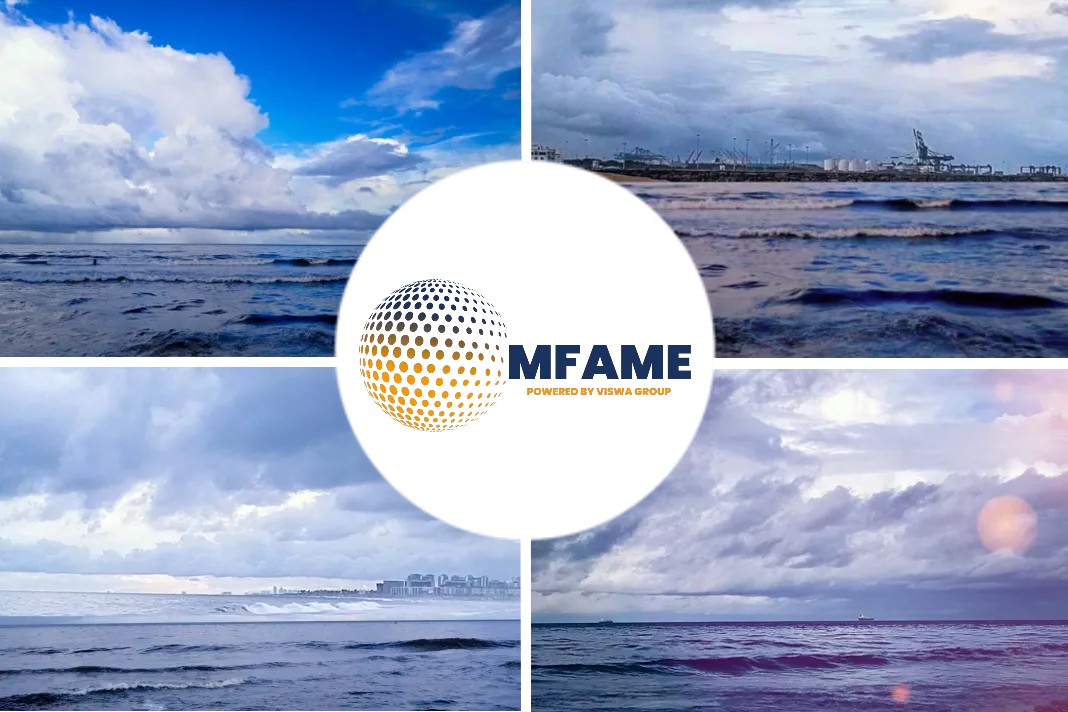- Asian 0.5pc sulphur marine fuel margins yesterday rose to the highest levels since March 2020.
- The margins of front-month Singapore 0.5pc sulphur marine fuel swaps against Dubai crude values.
The Asian 0.5pc sulphur marine fuel margins rose to $15.41/bl on 29 December, this was the highest level seen since Argus started assessing it on 3 March 2020 against persistent tight supply and continued utility demand, says an article published in Manifold Times.
Markets have been supported since early December, when prompt Singapore 0.5pc sulphur marine fuel prices firmed to $24.75/t against forwarding values on 2 December, also the widest spread since Argus began assessing it in November 2019. The strength occurred from lean inflows to Singapore in December and some northeast Asian utility demand.
Increasing LFSO inflow
Low-sulphur arbitrage arrivals from the west of Suez and the Asia-Pacific to Singapore in January are estimated at 2.6mn-3mn t (541,000-624,200 b/d), according to traders and analysts. While this is higher than December’s approximate 1.8mn-2mn t, it is similar to monthly average inflows to the city-state this year. But there could still be a lack of components for blending into on-specification low-sulphur fuel oil (LSFO), contributing to the continued strong margins.
Fuel Stocking
Japan, a typical net fuel oil exporter, also imported 126,500t of LSFO in December, the highest monthly volumes since at least December 2018, according to Vortexa data.
Power Firms
Power firms with oil-fired power generation plants started stocking up on fuel oil earlier, having experienced severe power shortages in the previous winter from December 2020 to January 2021.
Trading Firms
Trading firms are also stepping up fuel oil imports to supply power utilities against high spot LNG prices, although LNG imports will still largely have to carry on as there are few oil-fired power generation plants left in Japan, said, market participants.
Japan’s meteorological agency also forecasts a near-normal to a 40pc probability of above-normal temperatures for central to northern Japan from 8-21 January, which could cap utility demand next month. Expected LSFO arrivals to Japan for January 2022 have also fallen to around just 16,900t so far, according to Vortexa data.
Did you subscribe to our daily Newsletter?
It’s Free! Click here to Subscribe
Source: Manifold Times
















